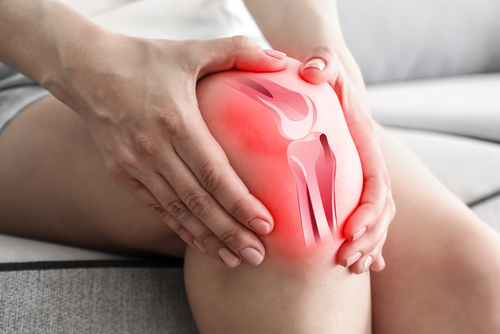 You might notice a pain in your knee, or it might look deformed. Either way, it’s hard to miss a patella dislocation. It’s estimated that almost around 2 in 100 000 people will dislocate their patella each year. This is highest in young patients (often between 15 and 19 years of age). Here we look at some of the causes of patellar instability, and how to know if you are at risk of recurrent instability.
You might notice a pain in your knee, or it might look deformed. Either way, it’s hard to miss a patella dislocation. It’s estimated that almost around 2 in 100 000 people will dislocate their patella each year. This is highest in young patients (often between 15 and 19 years of age). Here we look at some of the causes of patellar instability, and how to know if you are at risk of recurrent instability.
What is Patellar Instability?
Your patella is the medical name for your kneecap. The knee is composed of three bones (the patella, the femur, and the tibia). The kneecap is usually stabilized by ligaments (or bands of tissue) that connect the bones. The kneecaps have a patellofemoral ligament (which predictably arises in the patella and connects to the femur) and the patellar tendon which connects the kneecap with the shin bone (also known as the tibia).
Patellar instability arises when the kneecap is displaced. It can either be completely displaced (known as a dislocation) or partially displaced (known as a subluxation). It can arise for a number of reasons including:
- Following an acute trauma like twisting of the knee
- An anatomic predisposition
- Weakness of the muscles surrounding the knee
- Soft tissue hypermobility disorders like Ehlers-Danlos syndrome
What factors predict recurrent instability in children?
A recent study published in the Journal of Pediatric Orthopaedics by researchers at the University of Cincinnati Medical Center look at what factors predict recurrent instability in children that have a first-time dislocation of their patella. They looked at 250 patients and notes that the following factors were associated:
- Trochlear dysplasia – there is a small bony groove known as the trochlear groove in which the patella (kneecap) sits. In patients that have a particularly shallow groove, redislocation is common
- Skeletal immaturity – patients with an “immature” skeleton were also found to suffer recurrent instability
- If both kneecaps were dislocated this also significantly increases the risk of having recurrent instability
What treatment is available for patellar instability?
If you or your child suffers from patellar instability, there are a number of specialist centers across the United States that offer treatment. This treatment is often based on the particular case and with therefore vary from person to person. However, it may include some of the following options:
- If it is a first-time dislocation then patients are often treated conservatively. This means they will have a brace or some other device that immobilizes the affected knee as it is given time to naturally repair itself. You may also be offered physiotherapy during this period.
- Some patients that have recurrent dislocations can be considered for surgery. The surgery will be decided upon at the time and can vary. However, it will either involve surgery on the soft tissue ie the ligaments muscle and tendons, or the bony structures like the trochlear groove.
